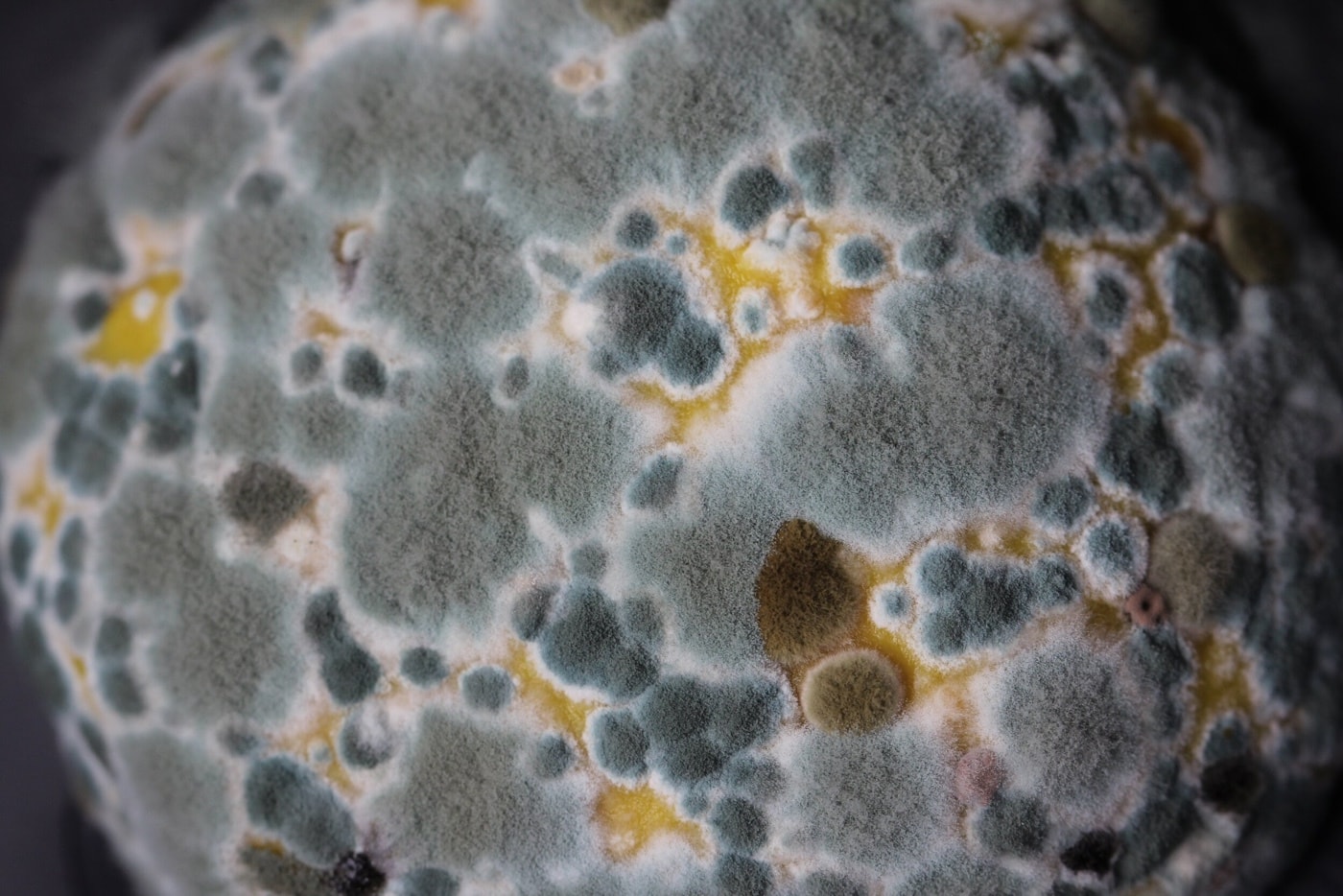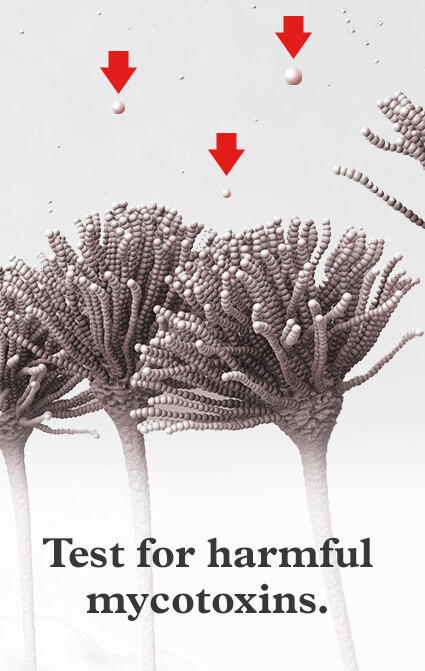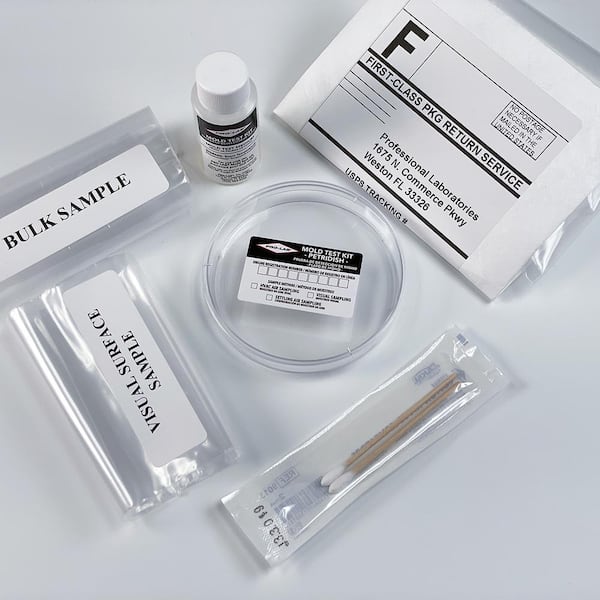How Mycotoxin Screening Assists Stop Contamination and Protect Food Materials

Mycotoxin screening is an important technique in the food market, offering as a frontline defense against contamination by dangerous toxins produced by mold and mildews. With the application of advanced techniques like High-Performance Liquid Chromatography (HPLC) and Fluid Chromatography-Mass Spectrometry (LC-MS), food producers can properly quantify and identify mycotoxin levels in farming items.
Understanding Mycotoxins
Comprehending mycotoxins begins with recognizing that they are poisonous secondary metabolites generated by specific molds, which can pollute farming products. These metabolites are not essential for the development or reproduction of the fungi however can have severe implications for human and animal health and wellness. Mycotoxins are frequently located in staple plants such as corn, wheat, barley, and nuts, where they can multiply under details problems of dampness and temperature.
There are a number of kinds of mycotoxins, each created by different fungal varieties. Fusarium varieties create trichothecenes and fumonisins, both of which are connected with numerous acute and persistent wellness concerns.

Threats of Mycotoxin Contamination
The risks of mycotoxin contamination are multifaceted, presenting significant hazards to both food security and public wellness. Mycotoxins, harmful substances produced by certain kinds of fungis, can pollute a wide array of farming products including cereals, nuts, seasonings, dried fruits, and coffee.
Economic effects are another major issue. Polluted crops can lead to significant monetary losses for farmers and food manufacturers as a result of decreased yields and the requirement for expensive decontamination measures. Additionally, international profession can be considerably hindered as nations impose strict mycotoxin guidelines to shield their populations, causing rejected shipments and strained profession relationships.
Ecological variables such as climate change worsen the threat of mycotoxin contamination. Variants in temperature and moisture can produce positive problems for fungal growth, increasing the likelihood of contamination occasions. Thus, understanding and mitigating these risks are critical for ensuring the safety and security and stability of international food materials.
Methods of Mycotoxin Examining
Accurately determining mycotoxin contamination in agricultural items is crucial for protecting public health and maintaining food safety and security criteria. Various methods are utilized to find and quantify mycotoxins, each offering specific advantages and restrictions.
High-Performance Fluid Chromatography (HPLC) is an extensively made use of approach as a result of its high level of sensitivity and accuracy. It entails dividing mycotoxins from various other compounds in an example, enabling exact metrology. Likewise, Liquid Chromatography-Mass Spectrometry (LC-MS) integrates fluid chromatography with mass spectrometry to offer detailed molecular info, making it specifically useful for identifying numerous mycotoxins at the same time - Mycotoxin testing Services.

Gas Chromatography-Mass Spectrometry (GC-MS) and Thin-Layer Chromatography (TENDER LOVING CARE) are also employed, each with one-of-a-kind applications. GC-MS works for unstable mycotoxins, while tender loving care supplies a simpler, affordable option for preliminary testing.
Advantages of Regular Examining
Normal testing for mycotoxins in agricultural items supplies countless benefits, dramatically adding to public health and food safety. By identifying contamination early, normal screening helps stop the distribution of toxic foods, thereby decreasing the threat of mycotoxin-related diseases among consumers. This positive approach not only safeguards human health yet likewise boosts the general high quality of food supplies.
Consistent testing also supports governing conformity. Various nations and regions have developed rigid restrictions for mycotoxin levels in food and feed. Adhering to these restrictions through normal screening ensures that suppliers and producers fulfill legal criteria, thus preventing penalties and profession barriers. Preserving compliance promotes customer trust fund and brand name online reputation, which are crucial for market success.
In addition, routine mycotoxin testing can cause significant economic advantages. Early detection of contamination enables prompt intervention, decreasing prospective losses from prevalent contamination. Implementing normal testing methods can additionally minimize recall prices and relevant liabilities, which can be economically ruining.
Furthermore, regular testing gives beneficial data that can educate much better agricultural practices and storage space conditions. By understanding patterns of contamination, producers can embrace safety nets, thereby contributing and decreasing future dangers to the go to this site sustainability of the food supply chain.
Implementing Evaluating Methods
Applying reliable mycotoxin testing methods is crucial for ensuring the security and high quality of agricultural items. Each stage has to be scrutinized to pinpoint where mycotoxin contamination is most likely to take place.
When essential control points are recognized, selecting proper screening methods is crucial. Usual techniques include enzyme-linked immunosorbent assay (ELISA), high-performance liquid chromatography (HPLC), and mass spectrometry (MS) Each approach has its strengths and weak points; thus, choosing the right one depends on the particular mycotoxin being evaluated, the called for sensitivity, and readily available sources.

Finally, incorporating the testing methods into a thorough food safety monitoring system is suggested. This boosts traceability and makes it possible for swift corrective activities when contamination is detected, consequently guarding the stability of the food supply chain.
Final Thought
Mycotoxin testing is necessary in preventing contamination and guarding food products by enabling very early discovery of damaging toxic substances created by molds in farming products. Advanced methods such as HPLC and LC-MS make sure compliance with safety regulations and protect customers from health risks. Regular testing enhances brand name online reputation, monetary security, and trust fund in food safety by lessening contamination-related losses and maintaining high standards in food production. Implementing rigorous screening protocols is hence necessary for the sector's total wellness.
Mycotoxin testing is an important technique in the food sector, serving as a frontline defense versus contamination by damaging contaminants created by mold and mildews. An incorporated approach involving farming techniques, storage administration, and routine testing can mitigate the dangers linked with mycotoxin contamination, ensuring food safety and public health and wellness.
The threats of mycotoxin contamination are diverse, presenting substantial hazards to both food safety and her explanation public wellness.Routine testing for mycotoxins in agricultural products uses numerous benefits, significantly contributing to public health and food safety and security.Mycotoxin testing is important in avoiding contamination and securing food supplies by allowing very early detection of unsafe toxic substances created by mold and mildews in farming items.